
Someone once told me, I don’t know if it’s true, that the Tao Te-ching (Dao De Jing) the classic of Chinese Taoism (Daoism) has been translated more times than the Bible. Well, here’s my translation of the first few lines, modified from that of the great Christian missionary, James Legge, whose poetic rendering of the middle lines I leave intact:
The Tao that can be spoken of is not the enduring and unchanging Tao.
The name that can be named is not the enduring and unchanging name.
The unnameable is the Originator of heaven and earth;
the nameable is the Mother of all things.
Always without desire we must be found,
If its deep mystery we would sound;
But if desire always within us be,
Its outer fringe is all that we shall see.
Evolving from these two aspects, which are really the same,
we differentiate them.
Together we call them the Mystery of Darkness.
Where the Darkness is the deepest is the gate of all that is subtle and wonderful.
Until recently, the Chinese have followed the ideas and beliefs of Confucius, who did not have much time for religion, which he mocked once as being overly concerned with “ghosts.” But right from the outset, and this was a very long time ago, the Chinese knew something was missing, so a group of mystics grew up in radical opposition. And later the Chinese embraced Buddhism until finally the Confucians threw in the towel and created a synthesis called Neo-Confucianism, which lasted until the Communist Revolution.
Well, Confucius also said,
“At fifteen, I had my mind bent on learning. At thirty, I stood firm. At forty, I had no doubts. At fifty, I knew the decrees of Heaven. At sixty, my ear was an obedient organ for the reception of truth. At seventy, I could follow what my heart desired, without transgressing what was right.”
I’m not quite seventy, but I’ve been receiving a lot of truth lately, so here comes my take on the Mystery of Darkness and nothingness.
From the Jewish commentary on the first lines of Genesis, we have the following:
Rav said . . . In customary practice, when a king of flesh and blood builds a palace on sewers, dung, and garbage, if someone comes and says, “This palace is built on sewers, dung, and garbage,” does he not pronounce it defective? So too, if someone comes and says, “This world was created out of chaos and waste [tohu wa-bohu],” does he not pronounce it defective? Rabbi Huna said in the name of Bar Qappara: Indeed if the thing was not written in Scripture it would be impossible to say it! “In the beginning God created heaven and earth”—Out of what?—“the earth was chaos and waste [tohu wa-bohu].”—Genesis Rabbah 1:5
So, in both the Judeo-Christian and Chinese tradition there was a primordial darkness, void, or apparent chaos at the beginning of creation. What God’s followers have been trying to do ever since is to advance God’s perfect kingdom on earth. The Taoists believe, apparently, that this is folly, because good and evil are bookends, like Yin and Yang. And the Buddhists warn that all is suffering. For the People of the Book, and that includes our Muslim sisters and brothers, this simply will not do. Where there seems to be agreement among the traditions, however, is a deep and abiding respect for the “Originator of heaven and earth.”

The Republic of Korea or South Korea is special in that it is the only Peace Corps-recipient country to create its own similar agency (KOICA) and because we got there late when the poverty most Americans expect to see in places we send our volunteers was disappearing. They also have more Christian missionaries around the globe today, second only to us. Here are some photos dating back to my days in South Korea as a Peace Corps volunteer: a typical bus ride; a look out from inside such a bus; a traditional house found only at museums now:

More follow of old men at Heiinsa (Buddhist) Temple, home to the oldest print blocks (Buddhist scriptures) in the world (and you thought Europe invented printing); a sign suggesting there was good reason for us English volunteers to be teaching middle school in the first place (the “23th Century” bit should read “In Year 23 of the reign of King Kong Min of the Goryeo Dynasty” — that’s 1371 CE by the way, the king and his dynasty fading away not long after); and how the typical Korean middle school student approached learning English back then:
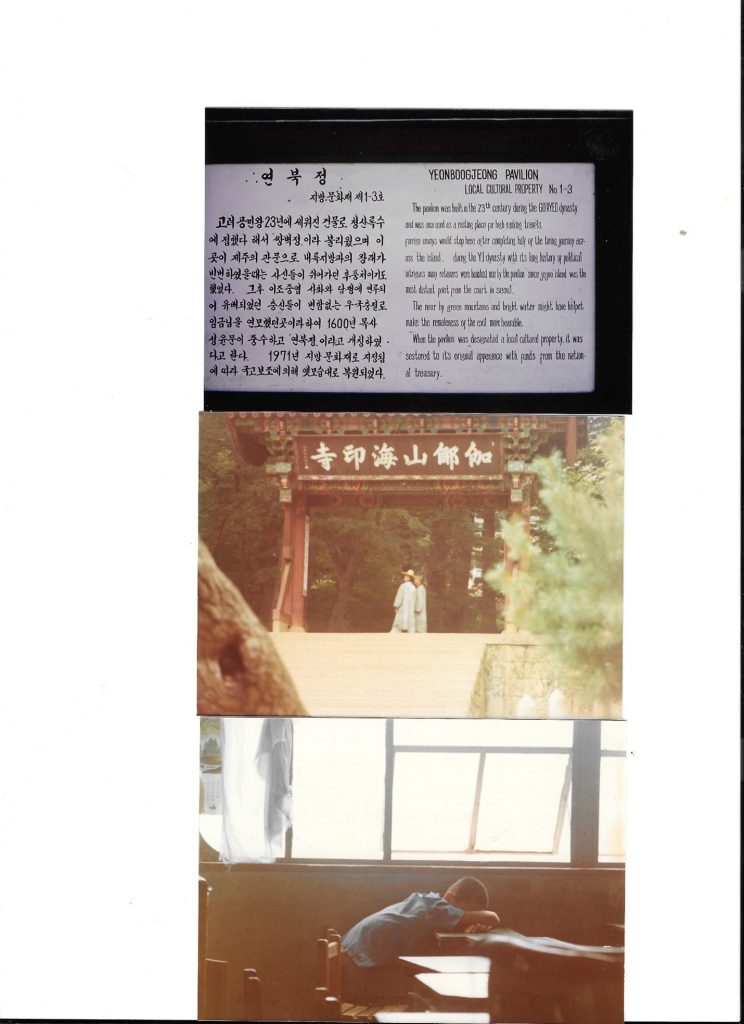
But then look at this recent photo showing a cute elementary school girl student rapt in attention at the teaching of the hip son of a K-30 Peace Corps volunteer (we instantly date each other by our group number):

A good many years have elapsed since my days in the Peace Corps and his. But the beauty of the endeavor is still the same.
Some of us from my K group and a few others had a reunion of sorts recently enjoying each other and being unmasked in the beautiful sun of Front Royal. Lots of Korean and American food and drink. Our old Peace Corps Korea Director was there, and as our eyes rolled, he famously again lectured us on the importance of these sacrosanct Peace Corps goals:
1. To help the people of interested countries in meeting their need for trained men and women.
2. To help promote a better understanding of Americans on the part of the peoples served.
3. To help promote a better understanding of other peoples on the part of Americans.
There is an obvious connection to what Tysons Interfaith is about. Promoting better understanding between people wasn’t a bad idea then and it ain’t such a bad idea now, either.

It may seem strange to talk about spirituality and Chinese communism, but an article posted by a former colleague on LinkedIn recently got me thinking about my days as an economic officer in our embassy in Beijing more than 20 years ago.
Back then I often hung out in a crowded, run-down “salon” bearing the unusual name of the Unirule Institute of Economics ( 天則經濟研究所) UNIRLE (unirule.cloud) I was the only foreigner in the crowded room listening to the debates between the economists and lawyers from all over China. One day one of the founders, Mao Yushi (no relation to the Chairman and the name just happens to be spelled the same in English) invited me to his home, the first private residence I had ever seen: an apartment worth a lot of money today.
Professor Mao made some tea and we sat for a bit. At one point he said, “Let me tell you something about the Communist Party: there are ‘free thinkers’ like me who are supposed to talk to people like you and give our best advice to the decision-makers who can’t talk to you or let you know what they are thinking.” It was an epiphany.
I was saddened to learn recently that after flourishing for many years after I left Beijing, in 2013 Professor Mao got into trouble for writing an article calling for Chairman Mao to be reevaluated and for his body to be removed from his mausoleum. There’s even a Youtube video showing Party members chanting “Down with the traitors [former premier] Wen Jiabao and Mao Yushi.” And in 2019, Chairman Xi Jinping finally shut him down altogether. Well, Professor Mao did win the Cato Institute’s Milton Friedman Prize for Advancing Liberty. (The Milton Friedman Prize for Advancing Liberty | Cato Institute).
In an interview with Radio France International’s Chinese service on the occasion of his 90th birthday, Professor Mao said this (my translation): “You asked me if I’ve ever wanted to live in a different time or in a different country? Well, of course, if I had the choice I’d love to go to America. But that’s my individual concern. I’m not thinking only of myself; I’m thinking of everyone. Can everybody go to the States? Of course not. But what is possible is to reform our country so it’s a bit more like America. That is both possible and worth striving for with all one’s might.”
I never talked to Professor Mao about religion, but like all good Communists he probably considers himself a materialist. Still, it is interesting that the term “unirule” is an awkward translation of a classical Chinese concept that other famous Western scholars have translated as “heaven.” One passage in the Confucian Record of Music was translated by a renowned Scottish missionary like this:
When one has mastered completely (the principles of) music, and regulates his heart and mind accordingly, the natural, correct, gentle, and honest heart is easily developed, and with this development of the heart comes joy. This joy goes on to a feeling of repose. This repose is long-continued. The man in this constant repose becomes (a sort of) Heaven. Heaven-like, (his action) is spirit-like. Heaven-like, he is believed without the use of words. Spirit-like, he is regarded with awe, without any display of rage.
Like the Chinese Communist Party, the Confucians didn’t talk about religion, but for a guy who loves singing in the choir at my church, the passage is music to my ears. Maybe we should translate “unirule” as “oneness of humanity?”
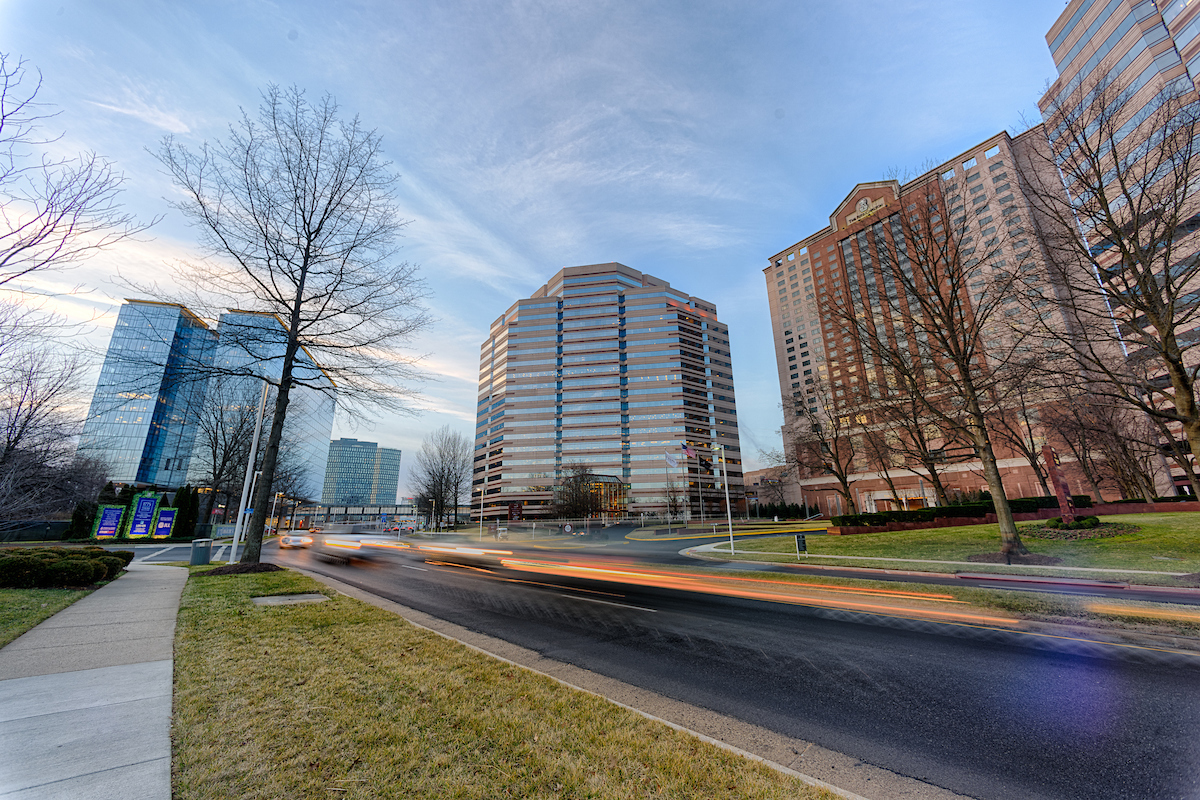
This past month, Peter Bartholomew, an old acquaintance of mine from my Peace Corps Korea days passed away suddenly. Peter was no ordinary guy, as the attached obituary by Andrew Salmon attests: Asia Times: Guardian of Korean Heritage Passes. It’s long, but very juicy and worth reading, particularly the passage about fights between developers and preservationists. “Developers cleared Seoul’s higgledy-piggledy little alleys and tiny hanok to make way for the steel-and-glass commercial towers and soulless apartment complexes that dominate today’s city.” In a tribute to Peter, one Korean-language paper used this as the headline: “An American who loved Korea more than Koreans.” What a legacy.
We don’t have the same issues that Peter gleefully fought in Seoul, but there are some in my neighborhood who resist the “infill” taking place and the plan to turn McLean into a “mini Tysons.” They don’t want to change the “soul” of the neighborhood. Similarly, I know many are hoping that Tysons, as it develops over the next thirty years, will be purposeful in preserving natural settings and developing physically pleasing and connecting spaces for the humans who will live and work there.
I share with you this image of McLean Central Park where I walked our grand dog just the other day. Off the main path I found this amazing shrine placed there apparently by a group of teenagers.
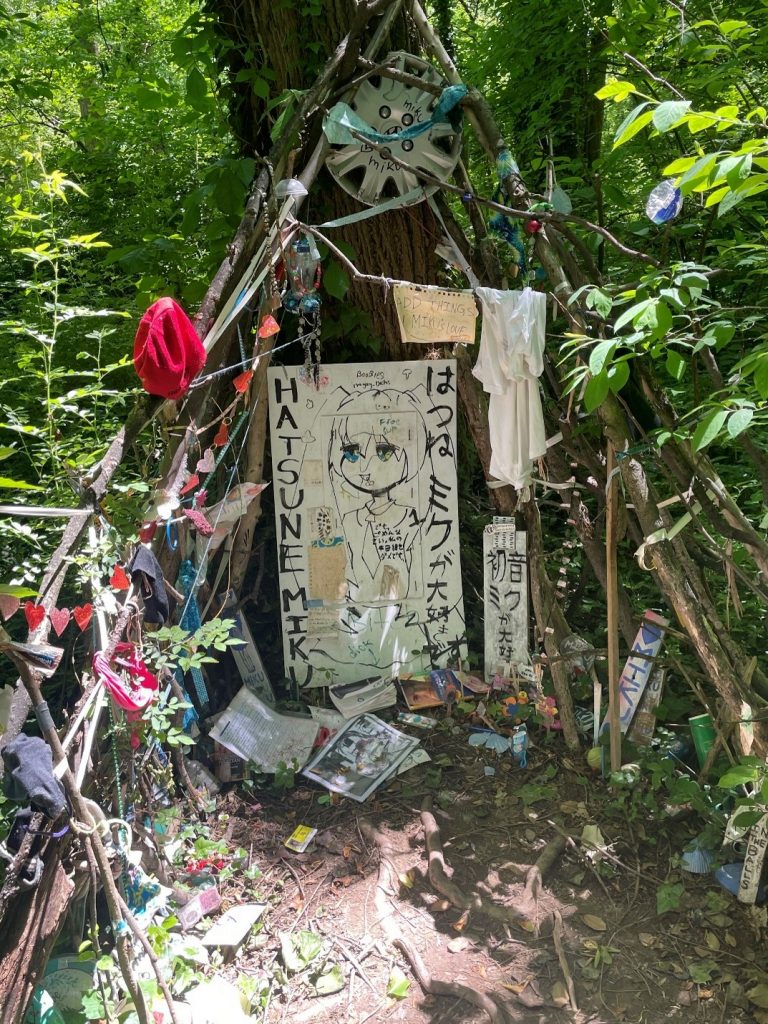
I’m of two minds about the park improvement project, which among other things will bring us an amphitheater to compete with other venues in Tysons. I like the woods just the way they are. And wouldn’t it be nice if there were someplace in Tysons where kids could do something other than play soccer on artificial turf, maybe putting up a shrine like this, even if it’s to an anime character?
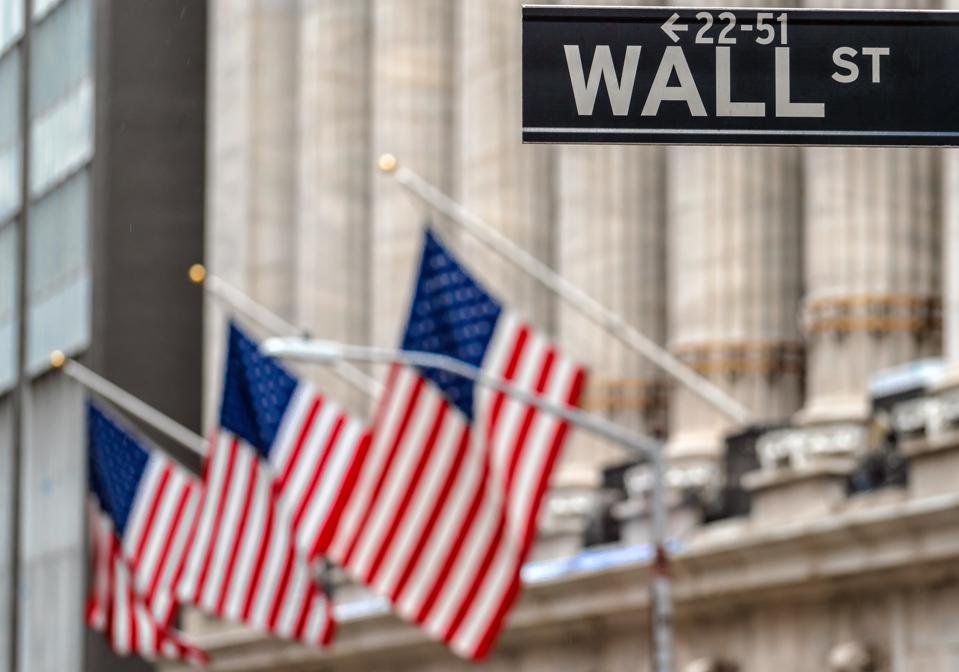
A recent article in the Washington Post literally struck home for me.
“Two Kens” are featured in an article on the front page of the May 5, 2021 Washington Post: How two Black CEOs got corporate America to pay attention to voting rights. The article notes in in passing that one of them, Ken Chenault, who was CEO of American Express for 17 – yes, that’s SEVENTEEN – years, “grew up in a middle-class Long Island neighborhood, the son of a dentist and a dental hygienist.”
Well, I grew up in the same neighborhood, sat on the bench as a freshman when Ken was a junior and a starter on the Waldorf School of Garden City basketball team, and idolized both him and his brother, Stephan, who was a year ahead of me and who gleefully jumped on my back when I was playing a pirate and he a policeman in the second act of a memorable (for me) production of Gilbert and Sullivan’s “Pirates of Penzance.”
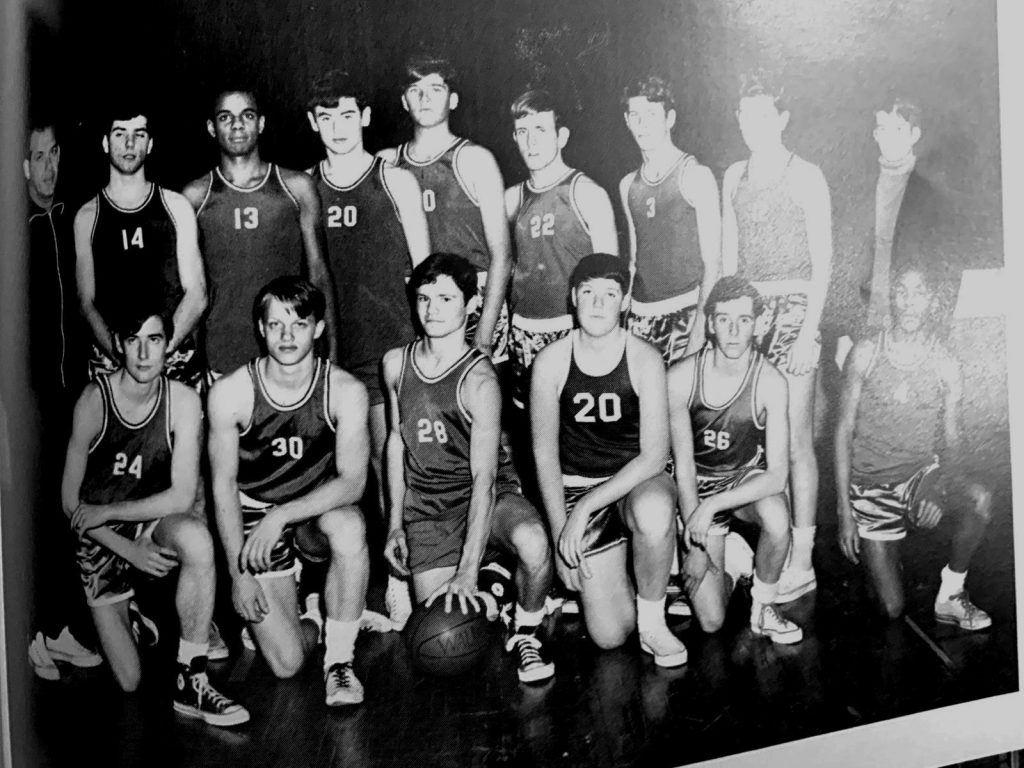
Ken Chenault, #13; Stephan Chenault, #4 (photo obscured); the author, #20
Ken and his brother were not, like too many African Americans, recruited by my private school in mostly white Garden City, for their basketball prowess. We lived in nearby Hempstead, where I was part of the white minority and went to an old Methodist church that was similar in complexion. It wasn’t until many years later that I found out that the AME church less than a block away had finally absorbed my old church after the white congregation’s numbers dwindled because members fled to the suburbs. As a young boy, I was clueless about this stark racial divide.
My parents wanted me to go to a private school rather than be the only white kid in the nearby elementary school now named Barack Obama Elementary. Subsumed like so many African American boys in a majority white school setting, however, Ken and his two brothers went on to negotiate the perils of American capitalism. The rest, as they say, is history.
So whatever your religious or political affiliation, I can tell you from personal experience that when someone like Ken Chenault speaks, please listen with an open mind. As for me, I’m still sitting on the bench in awe of the starters.
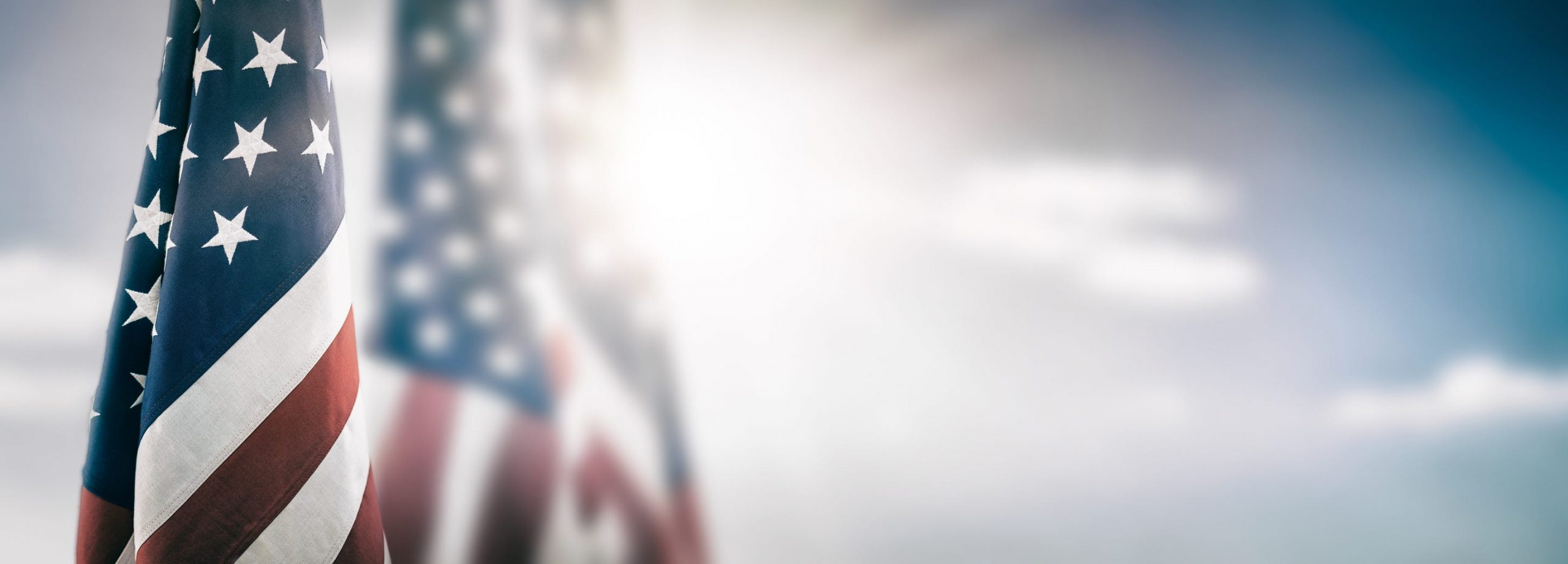
Just as we got ready for Passover, Easter, Ramadan and Norwuz, the Gallup organization raised eyebrows finding that fewer than half of Americans now belong to a house of worship, a downward trend that has persisted for some time. Gallup: Fewer than half of Americans belong to a church or other house of worship (religionnews.com) At the same time, there seems to be concern among the “nones” (i.e. those who have no religious affiliation), that as organized religion decreases, they had better watch out because they will face more and more legal oppression. This position is forcefully articulated by a young law professor named Tyler Broker. The Legal Oppression Of Nonbelievers Will Escalate The More Religion Declines | Above the Law
Well now. Hopefully this view is overly pessimistic while others see interesting possibilities for the nation’s religious future.
Wesley Graham-Michaelson, the former general secretary of the Reformed Church in America, has this to say about the Gallup poll:
“When nones are asked why they have disaffiliated from any religious organization, only 22% say it is because they do not believe in God. The primary challenge facing pastors, rabbis and imams is how to invite nonmembers into an authentic experience of God.” Behind Gallup’s portrait of church decline (religionnews.com)
And he notes that “color” and national origin matter:
“The nones who enjoy lattes at downtown coffee shops on Sunday mornings instead of singing in church are largely young, hip and white. But the country’s demographic future as a whole is becoming more racially and ethnically diverse, and this will impact the religious landscape.”
Lampooning aside, this is probably true in our Tysons community. The vibrant Korean-American churches you can find on our Tysons Interfaith map support the author’s point that immigration can actually increase religious participation. “Denominations rooted in Africa and Asia now have hundreds of congregations throughout the U.S., which continue to grow.”
The task, therefore, for faith communities in this changing world, seems to be to find ways to engage with non-affiliated “nones” to communicate that they are welcome, that the faith experience is relevant and has something to offer their lives. At the same time, we must reassure the non-practicing that faith communities such as those who are members of Tysons Interfaith, are strong supporters of all aspects of the First Amendment. Any perception of state sponsorship of religion is directly counter to the freedom to practice religion (or be agnostic). Admittedly it is tricky to juggle all the requirements of the First Amendment – to protect religious expression without crossing the line into perceived partiality for or even state sponsorship of religion. We can say, that at Tysons Interfaith, we are all about defending the freedom to exercise our various religious practices, while at the same time promoting spirituality, building community and cultivating respect and understanding among neighbors regardless of religious affiliation, race or culture.
This blog post is the expressed opinion of its writer and does not necessarily reflect the views of Tysons Interfaith or its members.
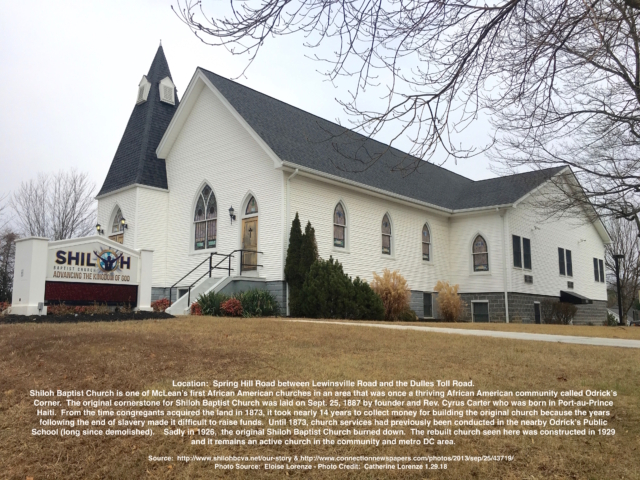
As Spring unfolds, the pandemic recedes, and it seems like we all can breathe just a little bit better again, our nation continues to reel from the storm winds of racial injustice.
Just last weekend, for example, at a special convention of the Episcopal Diocese of Virginia to which I am a delegate, we came oh so close to to allocating $1,000,000 from diocesan investment assets for “Reparations & Undoing White Supremacy.” While many Episcopal Dioceses around the country are taking similar steps, to my personal disappointment, our resolution failed to pass this time around. Our Bishop had this to say about it: “Budget Resolution 4 is bold in scope and strong in intent, “said Bishop Goff. “In coming months, I look forward to working with groups in our Diocese to identify sources of funding and achieve greater clarity about how funding would be used. God bless us as we explore and act together.” Read more here. To read more about the national Episcopal Church’s work for racial healing, you can visit here.
Closer to home, I’ve been thinking about how Tysons could somehow, even in a small way, contribute to the conversation. Bear with me as I tell you about how our neighborhood has a rich African American history that rivals old man Tyson’s.
Just down the road from Tysons is Odrick’s Corner. (Well, the sign painters take the apostrophe out most of the time.)
Who was this dude with the unusual name? Turns out he was a carpenter who lived in Herndon, and he was a freed slave who in the era of Jim Crow managed to save enough money to buy thirty acres of land at the corner of Lewinsville and Spring Hill Roads and build a schoolhouse for African American children and a church, now Shiloh Baptist, a member of Tysons Interfaith! You can find the original gravestones behind the McLean Hamlet residential subdivision. Additional photos here.

And up Lewinsville Road toward my church you can find a small architectural and spiritual wonder in the form of Historic Pleasant Grove, a Methodist church also built by skilled African American carpenters. It is now a museum and meeting space. I recommend you learn about its history and special events and the wonderful folks whose ancestors are buried in the well-kept graves. Additional photos here.
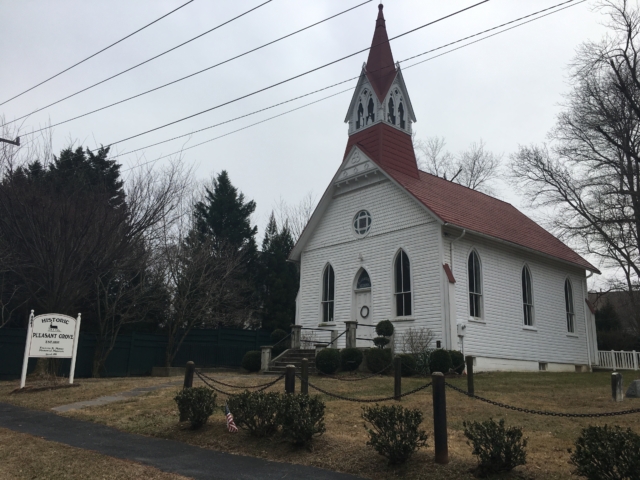
And then there’s the First Baptist Church of Chesterbrook McLean, which vies with Shiloh Baptist as being the oldest African American church in the area. Oldest Black Church in Fairfax Recalls Roots. I met the former pastor and mother of the current pastor at a Share of McLean meeting a few years ago. She grew up on Ball’s Hill Road and told me that whenever it rained, she would have to get out of the school bus at Scott’s Run, now the McLean Metro stop, and use a stick to see how deep the water was on Chain Bridge Road before the driver could proceed to take her home!
So, when you walk or ride around Tysons, think about those African American roots. And then there’s those Native Americans…but that’s another story.
This blog post is the expressed opinion of its writer and does not necessarily reflect the views of Tysons Interfaith or its members.

By: John Fairfield, Lieutenant General USAF (Retired)
(Air Force photo by Airman 1st Class Jackson Manske)
In February, 1st Lt. Saleha Jabeen became the U.S. military’s first female Muslim chaplain, graduating from the Air Force Basic Chaplain Course at Maxwell Air Force Base.
The following is extracted from an Air Force article about her: https://www.af.mil/News/Article-Display/Article/2506448/first-female-muslim-chaplain-graduates-from-air-force-chaplain-corps-college/
Jabeen, a native of India, said she was grateful for the opportunity and aware of the responsibility she has to set an example and show that there is a place in the military for anyone who wants to serve.
“I did not have to compromise on any of my religious beliefs or convictions,” Jabeen said. “I am surrounded with people who respect me and are willing to receive what I bring to the table as a woman, a faith leader, and an immigrant. I am provided with numerous opportunities to learn and develop skills that best equip me to be a successful officer and a chaplain in a pluralistic environment. I get to provide spiritual care to all service members, guardians and families and advise the commanders on religious and moral matters regardless of my faith, ethnicity or gender. Like our boss says, it has never been a better time to serve as a chaplain in the U.S. Air Force Chaplain Corps.”
Jabeen is passionate about her role as a chaplain and takes her duty as a spiritual mentor seriously.
“We all have a purpose that is specifically meant for us to fulfill,” Jabeen said. “We must listen to our heart and follow our conviction. It is important to have people in our lives who model that for us. Choose that kind of mentorship and choose good companionship. I just want people to remember that God, or higher power or the values that people uphold, remind us that we are all created with a plan: to become the best versions of ourselves. There is a ‘why’ for our existence and ultimately it is meant for us to be the best versions of ourselves. Commit to it, accomplish it and uplift others to do the same. Do all that needs to be done with kindness, generosity, resilience and the grit to never quit.”
We congratulate Lieutenant Jabeen and salute her for her service.
Won’t it be nice when we will not have to use the word “first” when considering gender, religion, or race?
This blog post is the expressed opinion of its writer and does not necessarily reflect the views of Tysons Interfaith or its members.

Just about every spiritual path celebrates spring in a special way. For those of us who follow the Sikh way of life, in spring, we celebrate our most auspicious holiday, called Baisakhi. This year, Baisakhi is celebrated on April 13th.
The Sikh way of life was established by ten successive Sikh Gurus in India. Each of them was a pure channel of God’s love and wisdom. They inspired people to live lives of devotion, service and joy – to live in God-consciousness. “Sikh” means “student of Truth.” Guru Gobind Singh Ji was the tenth Sikh Guru in human form.
In mid-April, 1699, at the spring festival called Baisakhi, Guru Gobind Singh Ji initiated a special baptism of the most devoted Sikhs, in which he prepared and served a divine nectar called Amrit. Through this baptism, the deeply devoted Sikhs became Khalsa, or pure ones. After the Guru baptized the first five Khalsa, he had them baptize him as well. Guru Gobind Singh Ji declared that whenever five Khalsa gather in his name, he would be there with them.
Baisakhi is the highest celebration for Sikhs. It is a time of rededication and renewal of our faith. Many people take part in this special baptism to become Khalsa at this blessed time of year.
This blog post is the expressed opinion of its writer and does not necessarily reflect the views of Tysons Interfaith or its members.
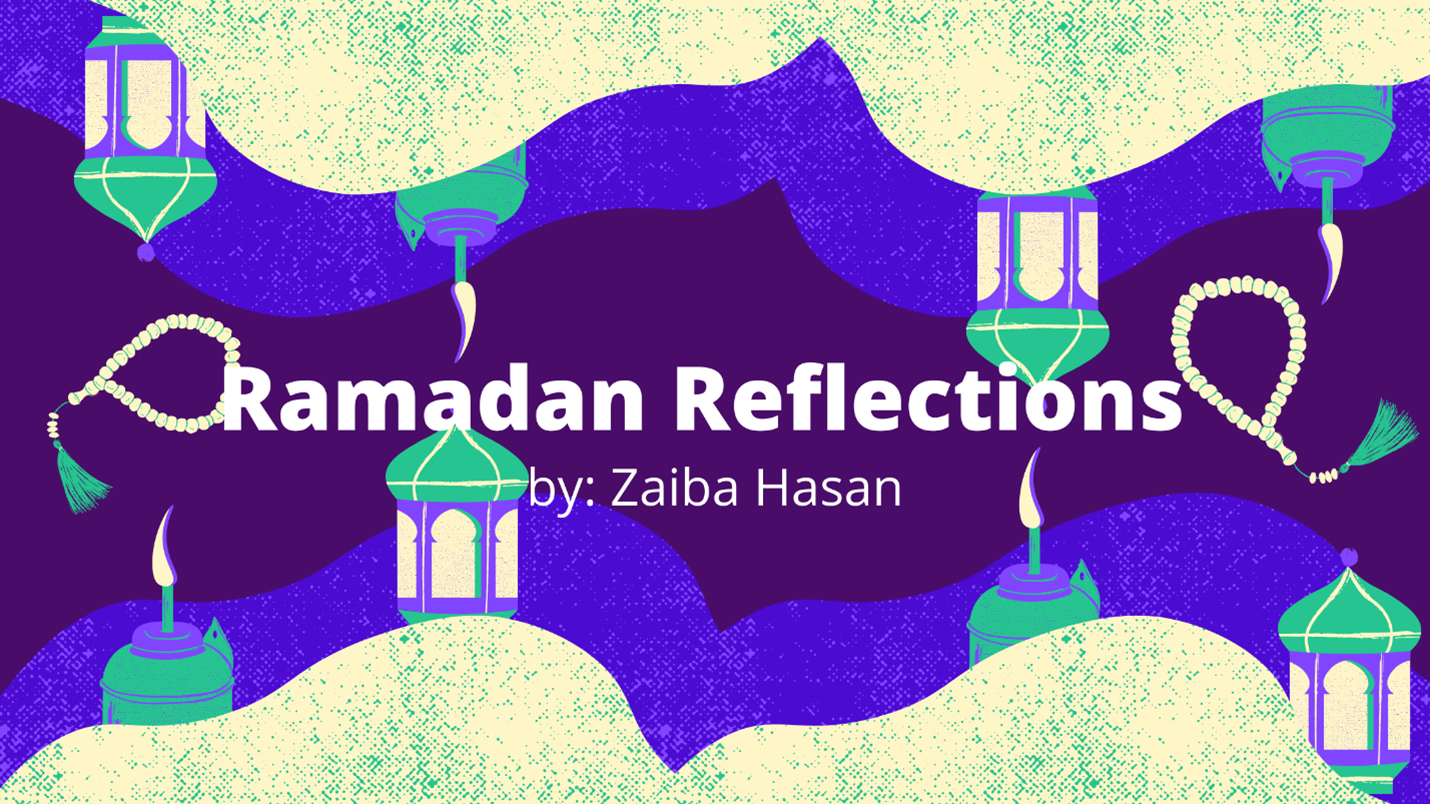
Monday, April 12th, 2021 marks the ninth month in the Islamic calendar when for thirty days, over 3.5 million American Muslims will fast and “yes, even forego water.” Ramadan for Muslims world-wide not only is one of our five pillars[1] or religious tenets, it is also an opportunity to reset, renew, and rejuvenate your spiritual connection to God (Allah) and use the physical pangs of abstinence, hunger, thirst during the daylight[2] hours as a tangible reminder of your spiritual connection to something bigger than your body’s physical needs. However, as a religious minority it is often harder for us to do this. Living in a non-Muslim community means that we are squeezing in prayers between work meetings, breaking your fast at your son’s baseball games, or “listening” to the Quran[3], at stoplights while rushing to your next appointment. Not necessarily conducive to that whole spiritual awakening we are supposed to be experiencing. For our family, knowing that we cannot stop our every-day lives to dedicate it solely to religious practices, we try to fit in the intent behind Ramadan in a more practical application whenever we can.
Charity: As one of the main five tenets fitting in additional charitable efforts during this month can be a welcomed experience to all. After supporting our local Mosque, our family usually chooses a few charities to support either financially or with our physical time. In volunteering we are taking the meaning behind this month of connection to reconnect with ourselves as a family and to connect with the community as well. (Note: we are supporting St. Jude Children’s Research Hospital and you all are invited to our virtual iftar.)
Interfaith: My personal philosophy has always been that we are more alike than different, and in celebrating our differences we can view them as a rich opportunity for learning and growth. We are bridging that gap of misunderstanding one smile, one greeting at a time and potentially creating a village of allies that we all need during these rocky times. Use this month as an opportunity to take a treat to your neighbor, read a Ramadan book to your child’s class, write a blog in your local community. Make our presence known because it is a lot harder to hate when there is a person sharing their samosas with you.
Reflection: In using the momentum of Ramadan as a springboard to further reflection. How can we continue doing good works for a local community? How can we make small changes of understanding to further close the gap of misunderstanding? How can we as a family come together and with our own hands help the hungry, care for our neighbor, reconnect with God (Allah) in a way that is more meaningful than rushed prayers in between activities?
Maybe celebrating Ramadan here is not as easy as it would be in a Muslim country. However, I would argue that it is more meaningful. We as a Muslim community must work that much harder to implement and institute our religious traditions in a non-Muslim country. In making space for ourselves now, we are also making space for others that come behind us. If that is not in the spirit of Ramadan than I don’t know what else is.
Until Next Time,
This blog post is the expressed opinion of its writer and does not necessarily reflect the views of Tysons Interfaith or its members.
[1] Shahada (profession of faith), Salat (prayer), Zakat (charity), Saum (Fasting), Hajj (pilgrimage)
[2] Muslims refrain from food, water, and sexual relations from sunrise to sunset.
[3] Muslims holy text
